Around this time of year, our thoughts turn to cider, by far our most anticipated (and most quaffed) beverage. We make gallons of the stuff and it’s easy to make, providing you have the right equipment.
Here’s what you will need:
- Apples
- Strong sacks (to hide the scrumped apples in)
- A large dustbin or similar plastic receptacle (posh people… see trug)
- A massive piece of wood (or mechanical scratter, if your budget allows)
- An apple press
- Demijohns or fermenting bins
- Campden tablets
- Cider yeast (optional, but a good idea for the beginner)
First up, get thee to an orchard and snaffle your apples. As we amazingly predicted back in June, there’s a nationwide apple shortage, so gather what you can. Your choice of apple mix will determine style of cider produced, but don’t worry if you can’t get hold of any cider apples… a 50/50 mix of cooking and eating apples will give you a perfectly acceptable cider (if a little on the sharp side).
Next, you’ll need to smash up the apples to the consistency of chunky porridge. First, wash your apples then bung them into your plastic receptacle of choice. Now use aforementioned massive piece of wood to pummel the apples into submission – or If you have pots of cash swilling around in your jean pockets, you could purchase a scratter.
You’ll then need to squeeze the mashed up apples (technically termed pomace) using a press.
These can be quite expensive to purchase, but should provide you with a lifetime of apple crushing japery. We purchased ours* from Vigo, the Gods of the apple press. We also have a hand built one that uses a 10 ton car jack. We’ll tell you how to construct this monster in a future posting.
By now, you should have a few gallons worth of golden juice. Resist the urge to gulp down flagons like some derranged Roman Emperor, it’s not alcoholic yet.
Decant the juice into individual demijohns or fermenting bins, add one Campden tablet per gallon, and bung the top with some cotton wool and leave to stand in a warm place. If you are feeling brave, you can leave the cider be, and let it ferment naturally. Using the wild yeasts that are found naturally on the apples will give you a more complex and interesting cider, but you run the risk of infection if your cider is slow to ferment, so for first time cider makers, we would recommend adding some shop bought cider yeast to help things along.
As soon as the juice has started fermenting (frothy bubbles forming on the surface), fit a proper airlock and leave until the bubbles cease. This stage can take a few months… patience is required!
You should then rack off the cider and leave again for a while, preferably moving the cider to somewhere cooler.
By late spring / early summer, your cider should be ready for bottling or transferring into barrels. Add one Campden tablet per gallon before doing so.
The Five Golden Rules of Cidermaking.
1. Use only sound apples…throw away any rotters!
2. Use campden tablets to keep your cider clean.
3. Keep the fermented cider away from air. Oxygen dulls the taste and will eventually turn your cider into filthy vinegar.
4. Have patience! Cider making takes time. Leave the lid on! Stop peeking!
5. If your cider tastes too sharp, leave it for a few months before cracking open another bottle… time is a great healer and your cider will improve with age.
* Our press has a nickname too terrible to mention on a family site such as this.
To download your FREE cider label, please click here


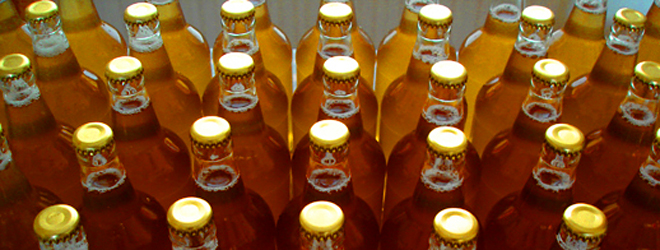
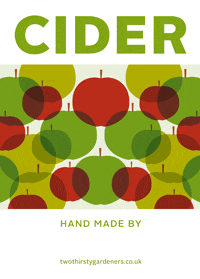
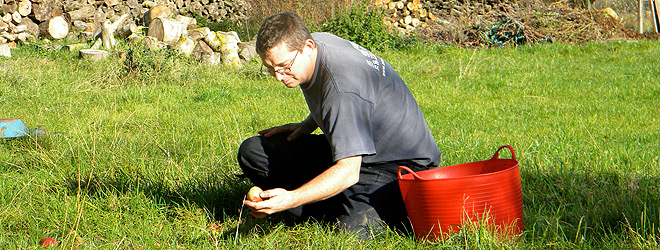
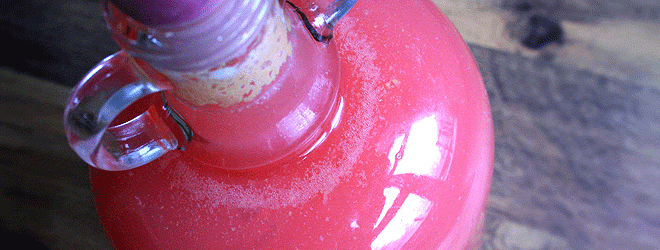
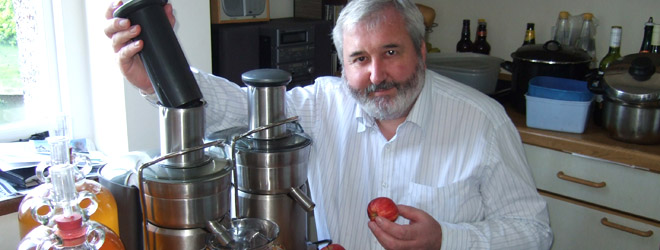
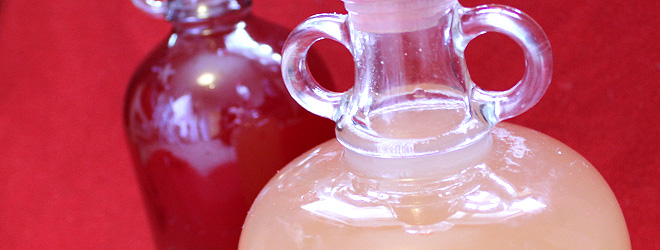
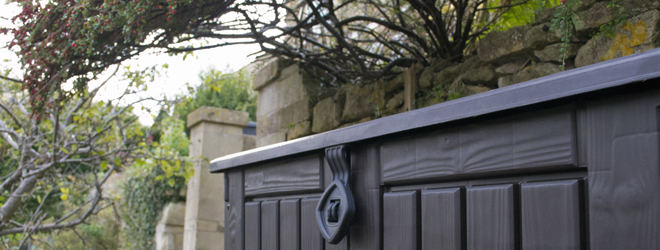
I really want to make some cider. Unfortunately we have one single apple tree which is more of a twig. Fortunately I do know of an orchard from which I could legitimately filch some apples. Thing is, I don’t want to be too cheeky. What’s the minimum amount of apples, would you say, with which it would be worth making cider?? I love the word ‘scratter’. I call one of our chickens Scratter because she is a bit manky. Is it one of those rolly turny crushy things? Also very curious as to what you call your press. How about a cryptic clue?
Hi Sarah.
We’d suggest making two or three gallons and see how it goes. Experiment this year by having different apple mixes (if you can), and try one without shop bought yeast.
As a rough guide, allow for ten average sized apples per pint…so you’ll need around ninety (gulp!) apples for a demijohns worth of juice.
This obviously depends on the type of apples you can get and how efficient your press and scratter (rolly turny crushy thing, or big stick) are, but this should give you an indication of how many you’ll need to scrump.
Cider I up!
Rich.
Ps. It’s a bad name.
Very bad.